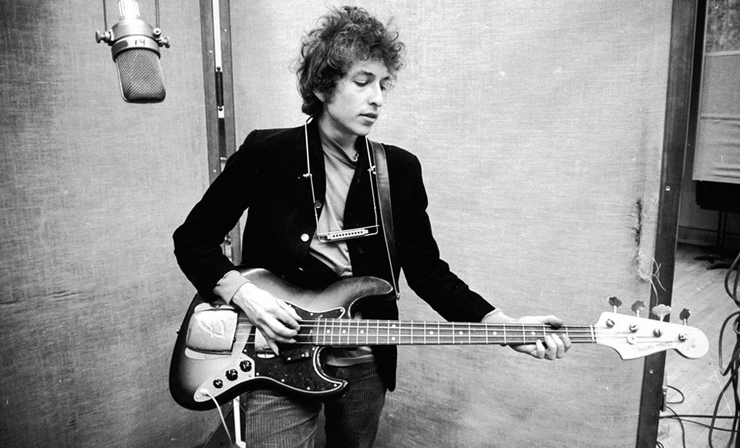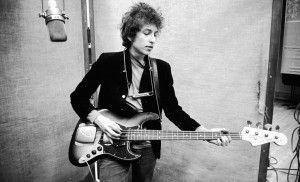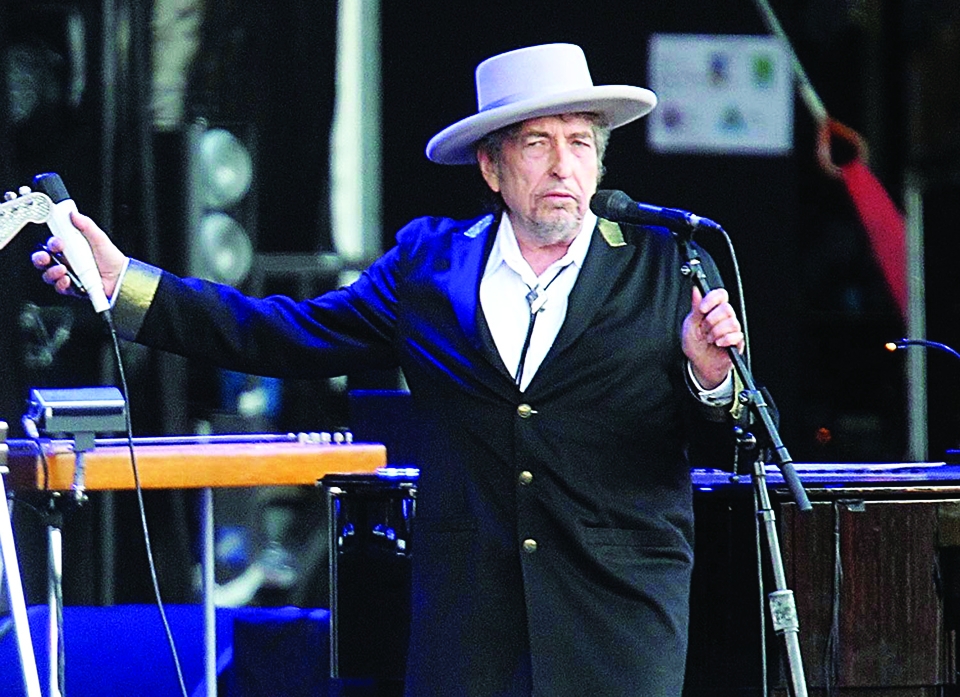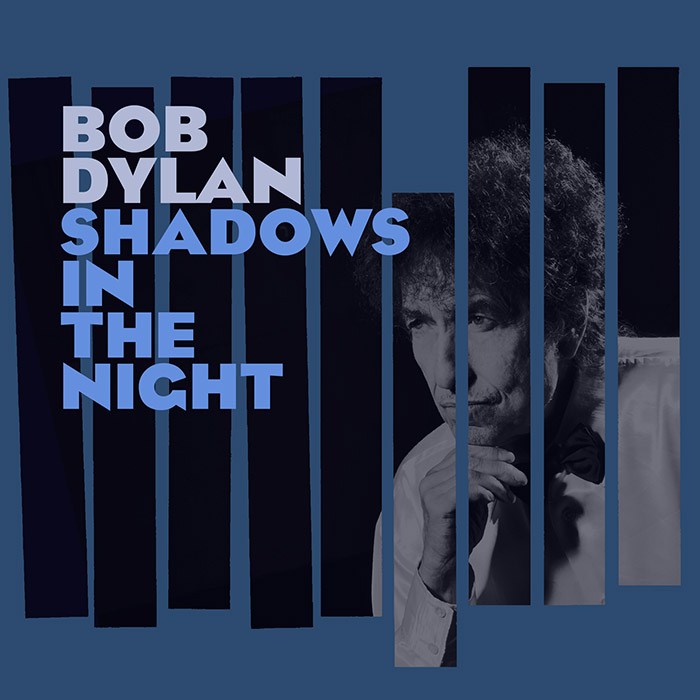

Rock ‘n’ roll legend Bob Dylan plays a guitar in a recording studio in the 1960s. Dylan’s “Highway 61 Revisited” celebrated its 50th anniversary on Aug. 30.
By: Julian Routh | Editor-in-chief
On its 50-year anniversary, Bob Dylan’s “Highway 61 Revisited” is still one of the most revolutionary albums in rock ‘n’ roll history.
There are few examples of an album so influential – so ahead of its time – that it still stands today as the soundtrack for an entire generation.
But Sunday marked the 50th anniversary of Bob Dylan’s “Highway 61 Revisited,” and it is still seen as one of the most revolutionary albums of all time and one that changed the way people think of rock, folk and blues.
When Dylan released “Highway 61” on Aug. 30, 1965, he was coming off of five studio albums that pushed the boundaries of folk and rock music, but never quite achieved the critical success he was looking for.
Dylan was also back from a touring stint in England, where he played songs from his previous LP, “Bringing It All Back Home.” The 21-year-old – longing for new life in his music – was discouraged by his songwriting abilities and considered quitting.
Instead, he moved to New York City and found a recording studio in Midtown Manhattan, alongside a group of fellow musicians that included guitarist Mike Bloomfield and keyboardist Al Kooper.
Together, Dylan and his band recorded nine songs over six sessions in June, July and August, starting with the iconic “Like a Rolling Stone.” The song – deemed the greatest of all time by Rolling Stone in 2004 – was written a month before recording in a free-form style he compared to “vomit.”
“[It was] just a rhythm thing on paper all about my steady hatred, directed at some point that was honest,” he said in D.A. Pennebaker’s documentary, “Don’t Look Back.”
Music historians say the song, which is described as “venomous,” was written about Edie Sedgwick, one of Andy Warhol’s superstars.
Nonetheless, the six-minute track catapulted Dylan to rock superstardom and represented the ’60s rock ‘n’ roll counterculture, which was slowly becoming the new normal.
Even without “Like a Rolling Stone,” “Highway 61” would have been massively successful and ground-breaking. Each song is its own frightening story, taking listeners on a journey through 1960s’ America and its most eccentric characters.
Dylan’s newfound electricity, mixed with his refined freewheeling poetry, was showcased in “Ballad of a Thin Man,” “Tombstone Blues” and “Just Like Tom Thumb’s Blues,” which have all stood the test of time.
“Highway 61” resolves in an 11-minute finale, “Desolation Row,” in which Dylan ditches the electric sound for his trademark acoustic guitar and poetic spins of panoramic imagery; a perfect ending to a perfect album.
Folk singer Phil Ochs said it best about the album, which put Dylan on the map for good: “It’s impossibly good… How can a human mind do this?”
He would do it again and again, actually, in a career so illustrious that it will forever be mimicked, but never duplicated.
But the poet laureate of rock ‘n’ roll struck gold first with “Highway 61,” an album that stands tall 50 years later.




